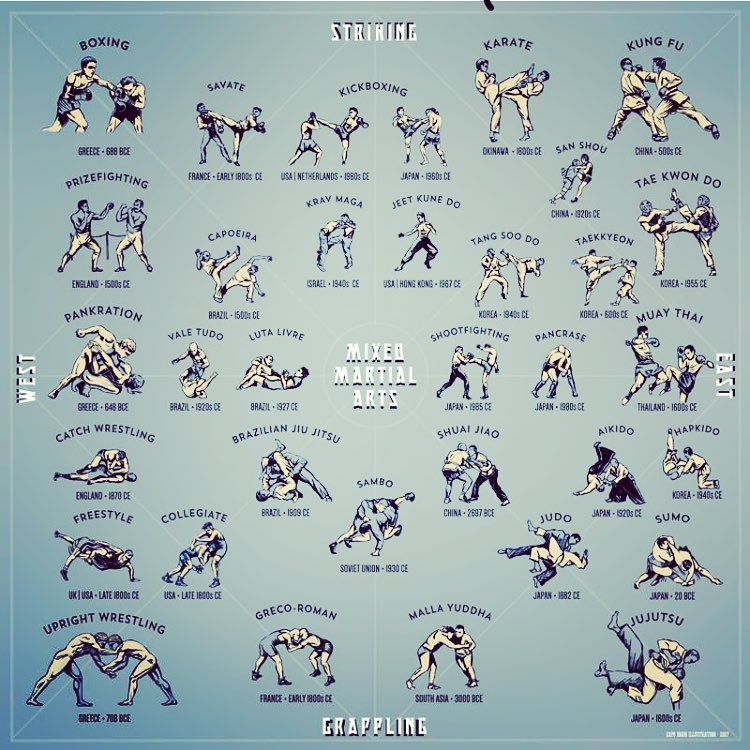Trick Differences Between Typical Martial Arts And Modern Fight Sports: A Thorough Evaluation
Trick Differences Between Typical Martial Arts And Modern Fight Sports: A Thorough Evaluation
Blog Article
Material By-Ware Finnegan
When you think about martial arts, do you lean more toward the typical methods or the contemporary combat sports? Each path supplies special advantages and experiences, formed by their ideologies and training techniques. Standard martial arts highlight personal growth and self-control, while contemporary fight sports focus on competitors and efficiency. Recognizing these distinctions can guide you in choosing the right method for your journey. But exactly how do these distinctions manifest in training and viewpoint?
The Ideology and Background Behind Typical Martial arts
While many individuals associate martial arts with physical fight, the ideology and background behind traditional martial arts run much deeper. You'll find that these techniques emphasize personal growth, discipline, and regard.
Originating from ancient techniques, typical martial arts were usually established for Self-Defense and spiritual development. They personify principles such as balance, consistency, and self-discipline, guiding practitioners past simple battling abilities.
As you train, you'll not just discover strategies yet likewise acquire insights right into the culture and values that formed these arts. The routines and traditions, often given with generations, foster a sense of area and belonging.
The Affordable Nature of Modern Combat Sports
Modern combat sporting activities have actually transformed the landscape of martial arts into an extremely competitive sector, where athletes take on in a test of ability, technique, and endurance.
related resource site 'll observe that competitions are often organized with stringent rules and guidelines, making sure fair play and security. Read Home Page bring in huge audiences, fueling the enjoyment and strength of matchups.
Professional athletes train rigorously, not just for physical prowess but additionally for psychological strength, recognizing that every detail counts in the ring. The adrenaline thrill throughout competitions is apparent, as boxers press their limits to claim success.
Fans appreciate the athleticism and creativity entailed, making modern-day fight sports a thrilling phenomenon that continues to progress and captivate lovers worldwide.
Training Approaches and Methods: A Relative Evaluation
The affordable ambience of modern battle sporting activities needs innovative training approaches that vary substantially from standard martial arts.
In https://martial-arts-info-for-kid00864.onzeblog.com/35600250/enhance-your-reflexes-and-awareness-with-protection-training-and-see-how-it-can-your-response-rate-and-psychological-capacities , you'll focus on details techniques, sparring, and conditioning, often using drills that replicate genuine battle situations. You'll see a focus on quantifiable efficiency and frequent competition to analyze your abilities.
On the other hand, traditional martial arts prioritize types, katas, and thoughtful trainings, frequently emphasizing discipline and regard over competition.
Training is usually less intense and may entail repetitive practice as opposed to real-time sparring.
While both methods build ability and fitness, modern battle sporting activities give an extra vibrant and adaptable training setting, preparing you for instant obstacles in the ring or cage.
Pick the course that aligns with your goals and rate of interests.
Conclusion
In choosing between standard martial arts and modern-day fight sporting activities, it actually boils down to what you value most. If you're seeking personal growth, self-control, and a sense of community, traditional arts may be your best fit. Yet if you grow on competition and real-time obstacles, modern-day fight sporting activities could be the method to go. Ultimately, both courses supply one-of-a-kind advantages, so it's everything about straightening your training with your personal objectives and interests.
